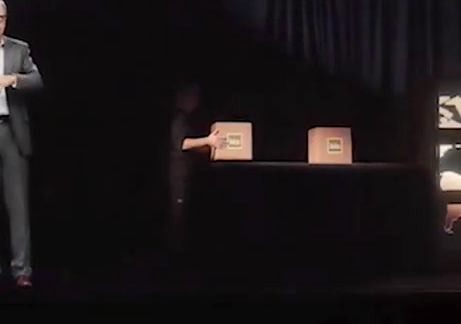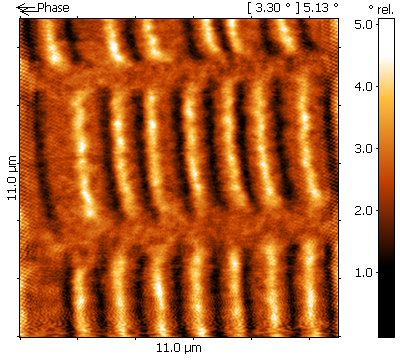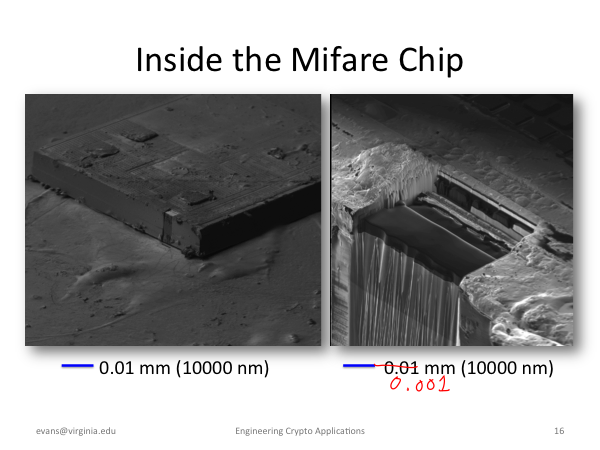Le numérique n’a rien de virtuel
La thématique du trimestre sera mise en route par Martino Morandi.
Martino Morandi a obtenu en 2011 une licence en design graphique à l’Académie Gerrit Rietveld d’Amsterdam. Son travail interface entre art, technologie et politique. Son approche est toujours ancrée à la fois dans la théorie, la pratique du bricolage et celle des pirates informatiques. Martino utilise son travail pour cartographier les aspects sociologiques du développement technologique et s’intéresse à la politique de nos interactions avec la technologie à différentes échelles, des centrales électriques aux câbles, en passant par les antennes et les bio-textes.
→Réécouter la conférence sous ce lien.
Le ’contrat’ numerique
Slides from University of North Carolina COMP411 course, Computer Organization.
Le numérique comme immatériel... D’où vient cette idéologie ?

Nicholas Negroponte
On Bits & Atoms
John Perry Barlow
A Declaration of the Independence of Cyberspace, 1995
Being in Nothingness, 1990
Facebook
Mark Zuckerberg & Rachel, Live from virtual reality - teleporting to Puerto Rico
Critiques de l’immatérialité - en théorie
Johanna Drucker
Formal materiality and performative materiality.
Experience of the Medium, 1978 and Performative Materiality, 2013
Matthew Kirschenbaum
Forensic materiality..
Extreme Inscription : Towards a Grammatology of the Hard Drive, 2004

Katherine Hayles
Embodied materiality..
How we became Post-human, 1999[p.196-197]
To delineate this field, let me begin by clarifying what I mean by embodiment, an understanding that aligns itself with Grosz’s comment that "there is no body as such ; there are only bodies." Embodiment differs from the concept of the body in thatthe body is always normative relative to some set of criteria. To explore how the body is constructed within Renaissance medical discourse, for example, is to investigate the normative assumptions used to constitute a particular kind of social and discursive concept.
Normalization can also take place with someone’s particular experiences of embodiment, converting the heterogeneous flux of perception into a reified stable object. In contemporary scientific visualization technologies such as positron-emission tomography (PET), for example, embodiment is converted into a body through imaging technologies that create a normalized construct averaged over many data points to give an idealized version of the object in question. In contrast to the body, embodiment is contextual, enmeshed within the specifics of place, time, physiology, and culture, which together compose enactment. Embodiment never coincides exactly with "the body," however that normalized concept is understood. Whereas the body is an idealized form that gestures toward a Platonic reality, embodiment is the specific instantiation generated from the noise of difference. Relative to the body, embodiment is other and elsewhere, at once excessive and deficient in its infinite variations, particularities, and abnormalities.
Critiques de l’immatérialité - en pratique

Nohl, Evans, Starbug , Plötz. Reverse-Engineering a Cryptographic RFID Tag, 2008
Row-hammer exploit, flipping memory bits
Rayons Cosmiques !

La materialité invisible et le numerique...
Cosmic rays sabotaging belgian elections !